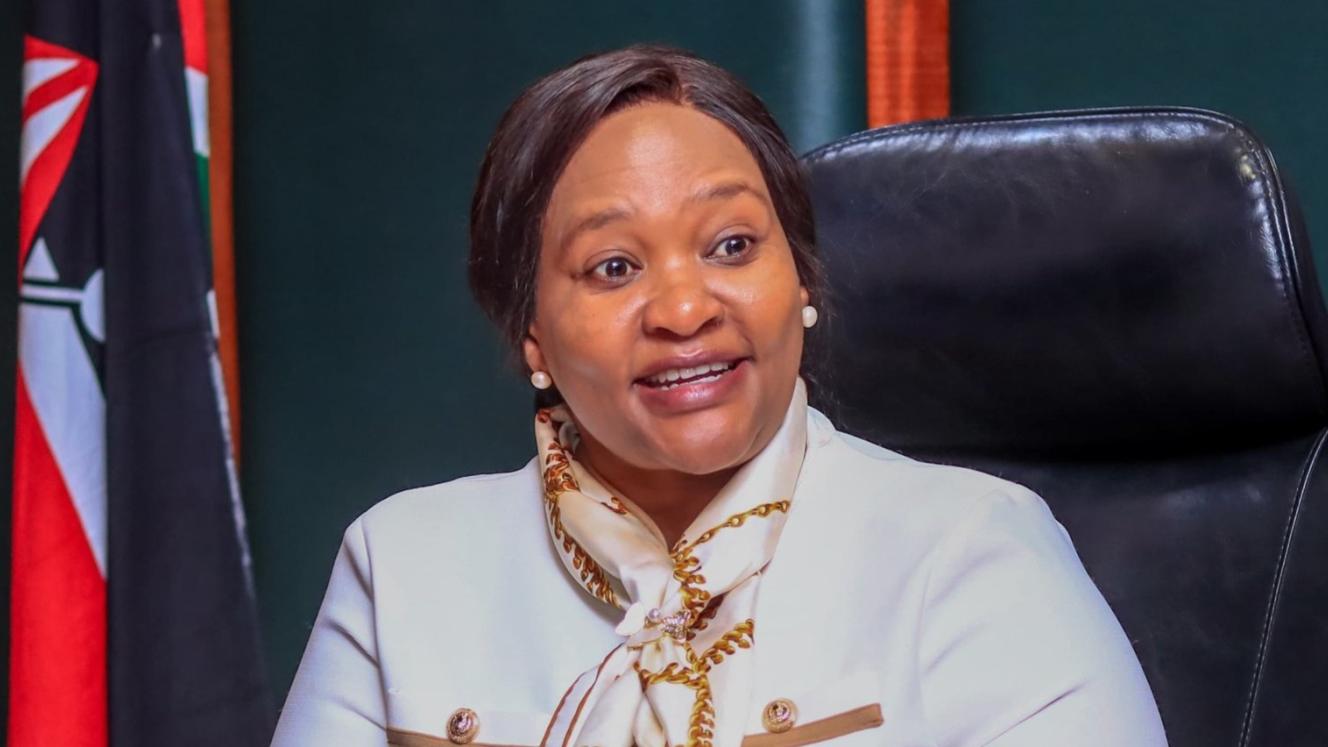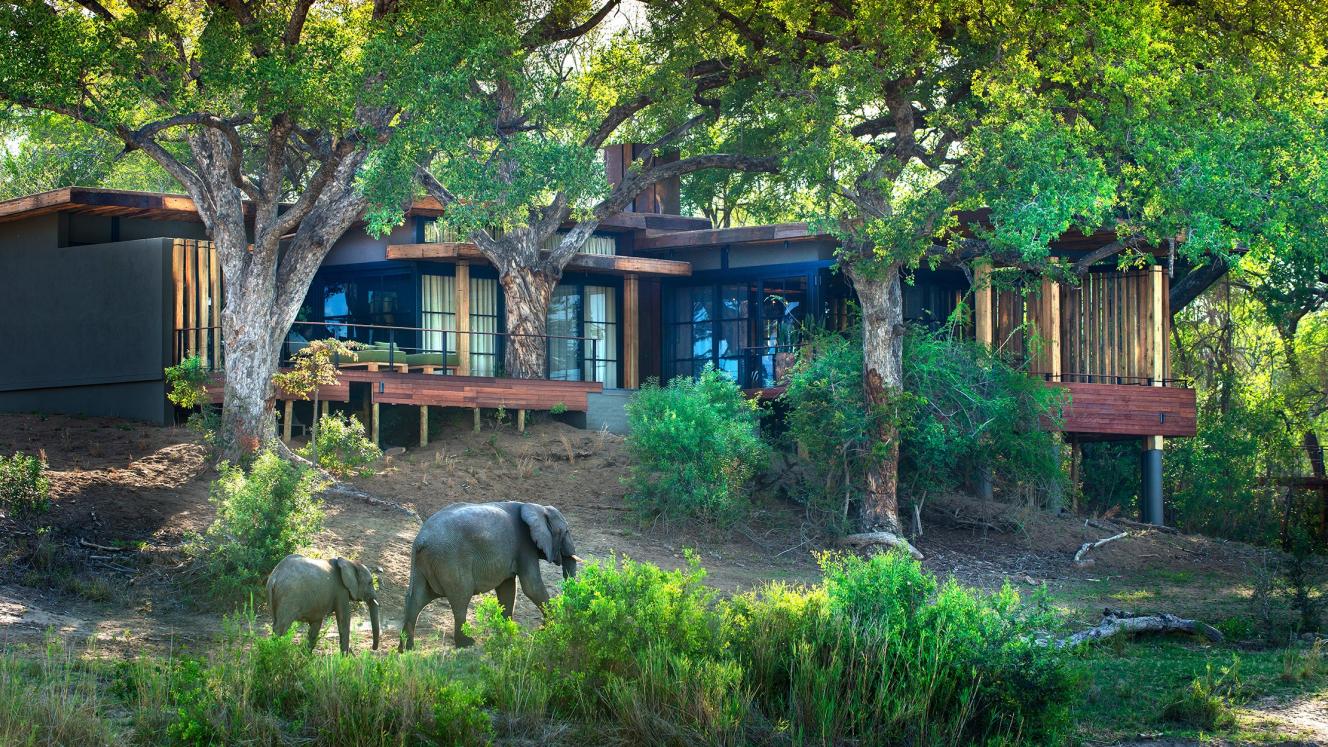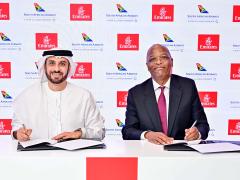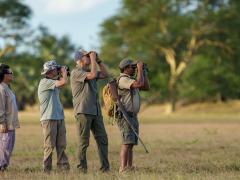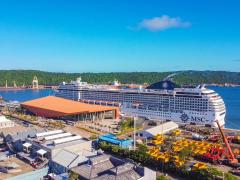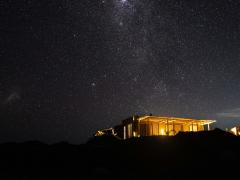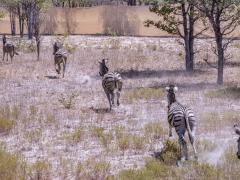Kenya recently announced plans to refresh its image with Tourism and Wildlife Cabinet Secretary Rebecca Miano appointing a 23-member taskforce to overhaul “Magical Kenya” into a brand that resonates with today’s travellers.
The taskforce will conduct a deep-dive assessment of Kenya’s global tourism perception, benchmarking against leading destinations and crafting a brand strategy aligned to national blueprints, over 12 months.
The announcement has sparked debate among tourism leaders and industry insiders who believe the taskforce faces a complex balancing act of refreshing Magical Kenya without losing the brand equity it has built over decades.
A brand for the modern age
“Kenya has a fairly strong international brand already but it needs modernisation and expansion,” said Håvar Bauck, Founder of HotelOnline. He argues that, although wildlife and beaches are powerful attractions, they cannot remain the sole anchors of Kenya’s international image.
“We need to position Kenya much more strongly as a modern experience and adventure destination. That means building new experiences around culture, heritage, food and authenticity.”
One of the strongest arguments for a refresh lies in shifting demographics with millennials and Gen Zs now driving global travel trends. These travellers share more in common across borders – whether in Brazil, China or Spain – than with the older generations for whom Kenya’s traditional safari image was designed.
The call for modernisation extends beyond branding to the tourism product. Many of Kenya’s coastal hotels in Mombasa and Malindi, built in the ’70s and ’80s, are now struggling to compete with more modern offerings elsewhere. “A lot of the owners are still there, clinging to the once-grand hospitality businesses that are in dire need of modernisation,” says Bauck.
Opportunities abound for product diversification. Kenya’s rich cultural and heritage sites, such as the Gede Ruins, are often underutilised, receiving only a handful of international visitors daily. Sports and activity tourism, from cycling to mountain hiking, remain underdeveloped as does culinary tourism despite Kenya’s diverse food culture. Bauck argues that every tea and coffee farm could be turned into a tourist attraction.
Tipping point for traditional safaris
Despite the challenges, Kenya’s tourism sector has grown steadily since the COVID-19 pandemic. In 2024, the sector earned US$454 million – a 19.8% increase from the previous year with hotel investments rising and global luxury brands entering the safari lodge space. According to Judy Kepher Gona, Executive Director of the Sustainable Travel and Tourism Agenda, this influx signals confidence in Kenya’s market but also presents new pressures.
“The safari model is at a crossroads,” she explains. While luxury brands bring investment, the traditional safari format of game drives through grasslands has changed little over decades and faces sustainability concerns. Human-wildlife conflict, climate change, biodiversity loss and growing populations around parks all challenge the model’s long-term viability. The question is whether new investments will simply add luxury layers or reimagine the experience in line with sustainability and community needs.
Regional competition
Rebranding also comes at a time when Kenya’s regional competitors are surging. Tanzania and Uganda are recording strong tourism growth while Rwanda is positioned as a leader in sustainable and green tourism with its “Visit Rwanda” campaign.
Bhupendra Kumar, GM at Argyle Grand Hotel, believes Kenya doesn’t need to abandon the Magical Kenya brand but evolve it. “Kenya must reflect a modern, diverse and dynamic nation – not just a safari destination. Stronger digital presence, storytelling and multi-sector branding in tourism, tech and culture could redefine Kenya’s global image.”
Not everyone believes the problem lies with branding alone. Barry Clemens, a hospitality and tourism CEO, argues the issue is coordination.
“Kenya already has strong national, county and city-level branding efforts but they often lack synchronisation. There needs to be a master plan. If everyone is on the same page, we can create strong synergy. The message for the brand then stays on point and cannot be confused.”
Clemens points to the potential of regional collaboration, suggesting an East African brand that would combine budgets and campaigns for Kenya, Tanzania, Uganda and Rwanda. Such a joint effort could showcase multi-country itineraries and significantly amplify global visibility.
